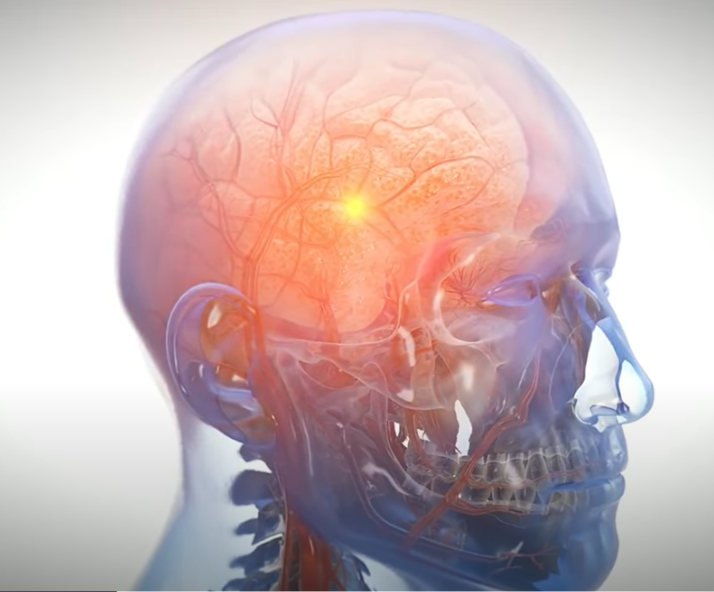December 22, 2009 – Be it hands-free or hand-held, talking on a cell phone while driving undoubtedly spells danger…and we all know that. But did you know that keying in a mobile phone text message while behind the wheels of a car is even more risky?
According to a recent study by researchers at the University of Utah, drivers who manually punch in a text message into a cell phone or try to read out an inbound message are six times more likely to end up in a crash than those who only concentrate on driving.
Details of the Study
20 male and 20 female drivers, 19 to 23 years old, with an average driving experience of just under five years were enrolled for the Utah study.
The participants, all being experienced texters, were allotted to driving and driving while texting in a ‘high-fidelity [driving] simulator’.
The researchers recorded the timings for brake onset, following distance, lane maintenance, and collisions for each participant while taking each test.
Findings of the Study
Researchers found that texting while driving led to a sixfold increase in the risk of being involved in a ‘virtual’ crash.
Also, the drivers’ median reaction time increased from nine percent while driving to 30 percent during texting while driving, opposed to the driving-only condition.
Simultaneously, texting drivers tended to decrease their ‘minimum following distance’ (distance between themselves and the car ahead) and showed slower reaction times by being significantly slower in applying the vehicle’s brakes.
“While talking on a cell phone, drivers apparently attempt to divide attention between a phone conversation and driving, adjusting the processing priority of the two activities, depending on task demands” study’s lead researcher, Frank Drews, an associate professor of psychology at the University of Utah noted.
On the other hand, “texting requires drivers to switch their attention from one task to the other” the findings featured in the current issue of the journal Human Factors outlined. “When such attention-switching occurs as drivers compose, read, or receive a text, their overall reaction times are substantially slower than when they’re engaged in a phone conversation,” Drews said.







